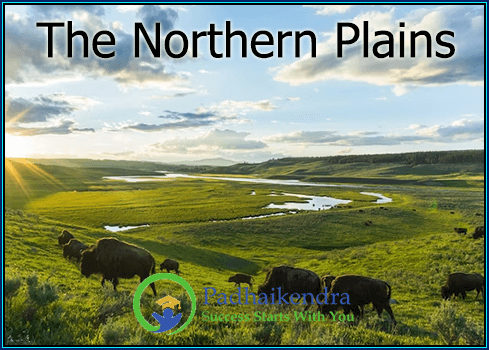The Northern Plains is a vast and fertile region of India that lies to the south of the Himalayas and stretches from the Indus River in the west to the Brahmaputra River in the east. It is also known as the Indo-Gangetic Plain, as it encompasses the basins of two major rivers, the Indus and the Ganges.
The Northern Plains are characterized by their flat topography and fertile soil, which make them ideal for agriculture. The region receives abundant rainfall during the monsoon season, which supports the growth of a variety of crops, including wheat, rice, sugarcane, and cotton.
The Northern Plains can be further divided into the following sub-regions:
- The Punjab Plains: This region is located in the northwest of India and is watered by the Indus and its tributaries. The Punjab is known for its fertile soil and is the major producer of wheat and rice in India.
- The Ganga-Yamuna Doab: This is the region between the Ganges and Yamuna rivers and is the most populous region of India. It is also known for its agricultural productivity and is the major producer of sugarcane in India.
- The Ganges Plain: This region is located to the east of the Ganga-Yamuna Doab and includes the states of Uttar Pradesh and Bihar. It is characterized by its rich alluvial soil and is a major producer of rice and wheat.
- The Brahmaputra Valley: This region is located in the northeast of India and includes the states of Assam and Arunachal Pradesh. It is watered by the Brahmaputra River and is known for its tea plantations and oil reserves.





